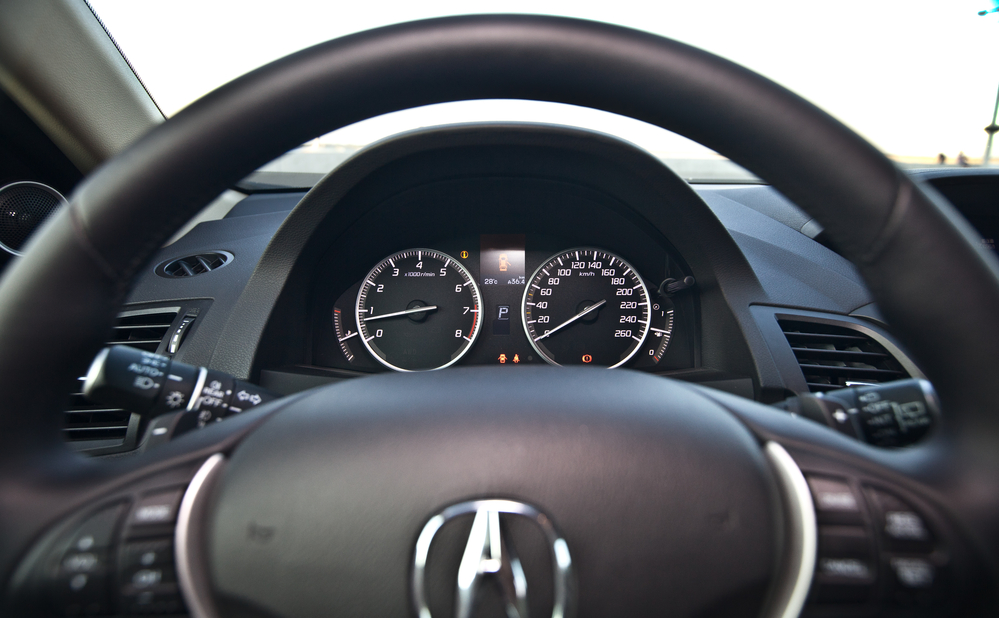In recent years, to combat the increase in vehicles on the road, extended commute times, and limitless distractions, collision avoidance systems have become a prominent feature. These systems promise to mitigate the risk of accidents through advanced sensors and alert mechanisms. However, the critical question remains: can you fully trust auto collision avoidance systems when navigating the roads? Let’s look at auto collision avoidance systems in more detail, as well as how they work, and some statistics.
Key Takeaways
- Collision avoidance systems are advanced safety features designed to reduce the likelihood of accidents by employing sensors and warning mechanisms.
- While these systems offer valuable assistance, they should be viewed as a supplementary safety net rather than a complete replacement for attentive driving.
- Understanding the limitations of collision avoidance systems is crucial for drivers to make informed decisions on the road.
- Reliable collision repair centers play a crucial role in restoring vehicles to their pre-accident condition, ensuring continued safety on the road.
What Are Collision Avoidance Systems?
Collision avoidance systems, also known as Advanced Driver Assistance Systems (ADAS), encompass a range of safety features designed to assist drivers in preventing accidents. These systems utilize sensors, cameras, and radar technology to monitor the vehicle’s surroundings and provide warnings or take corrective actions in the event of a potential collision. Common examples of collision avoidance systems include lane departure warning, forward collision warning, automatic braking, blind-spot monitoring, and rearview cameras.
How Do Collision Avoidance Systems Work?
Advanced Driver Assistance Systems work by integrating sensors, cameras, and radar to detect potential hazards on the road. Sensors, strategically placed on the vehicle, continuously collect real-time data about the surroundings. Cameras, utilizing advanced optical technology, play a crucial role in features like lane departure warnings by analyzing lane markings. Radar technology, instrumental in blind-spot monitoring, detects nearby vehicles in adjacent lanes.
Collision avoidance systems encompass various functionalities, including lane departure warning, blind-spot monitoring, forward collision warning, automatic emergency braking, adaptive cruise control, intersection collision warning, cross-traffic alert, and parking assistance. These features work synergistically to monitor lane positions, identify blind spots, warn of potential collisions, and even assist in parking maneuvers.
What to Know About Collision Avoidance Systems?
Here are three things to keep in mind about your auto collision avoidance system:
Supplementary Safety Net
It’s essential for drivers to recognize that collision avoidance systems are designed to complement their driving skills, not replace them entirely. These systems serve as a supplementary safety net, offering assistance in situations where human reaction times may be limited.
Limitations in Adverse Conditions
Collision avoidance systems may experience decreased performance in adverse weather conditions such as heavy rain, snow, or fog. Additionally, issues may arise if road markings are obscured or if the sensors are unable to detect obstacles accurately.
Regular Maintenance
To ensure the reliability of collision avoidance systems, regular maintenance of sensors and cameras is crucial. Dust, debris, or damage to these components can compromise the effectiveness of the system.
Can You Trust Auto Collision Avoidance Systems When Driving?
The trustworthiness of ADAS depends on a combination of factors, including the specific features of the system, environmental conditions, and the driver’s understanding of system limitations. While these systems have proven effective in preventing certain types of accidents, they are not infallible.
You must remain vigilant and aware of your surroundings when behind the wheel. Even if your vehicle is equipped with the latest safety technology, you should never solely rely on it. Remember, these collision avoidance systems are designed to assist you, not completely take over for you.
Furthermore, you should understand the limitations of these systems. Be aware of any potential scenarios where these systems may not function optimally. Also, be prepared to take manual control when necessary.
Statistics About Auto Collision Avoidance Systems
In a study published by the Insurance Institute for Highway Safety (IIHS) in March 2021, the effectiveness of Forward Collision Warning (FCW) and Automatic Emergency Braking (AEB) in trucks was measured. SmartDrive Systems provided data on Class 8 trucks operating on limited-access highways from 2017 to 2019. Crash rates were compared based on the presence of front crash prevention technology (FCW, AEB, or neither), considering all police-reportable crashes and relevant crash types.
It was found that FCW systems brought a significant 22% reduction in the rate of police-reportable crashes per vehicle miles traveled, as well as a 44% reduction in the rear-end crash rate of large trucks. AEB intervened in 43% of rear-end crashes, with about two-thirds involving autobrake activations. Additionally, on average, speed was reduced by over half between the time of intervention and impact for both FCW and AEB.
Now, while this study looked at large trucks, it does prove that FCW and AEB systems are effective countermeasures in reducing crashes, particularly where large trucks rear-end other vehicles. Hopefully, more data on smaller passenger vehicles will be available to compare. That said, the outlook for these systems is very positive.
Contact a Trusted South Jersey Collision Repair Center Today
While auto collision avoidance systems contribute to road safety, accidents can still occur. In the unfortunate event of a collision, seeking the expertise of a trusted collision repair center becomes paramount. Elmer’s Auto Body, a reputable collision repair center in South Jersey, stands ready to restore your vehicle to its pre-accident condition. Contact us at one of our three locations today for reliable and expert collision repair services. You can also fill out the contact form. Trust your vehicle to the professionals, ensuring your safety on the road.

